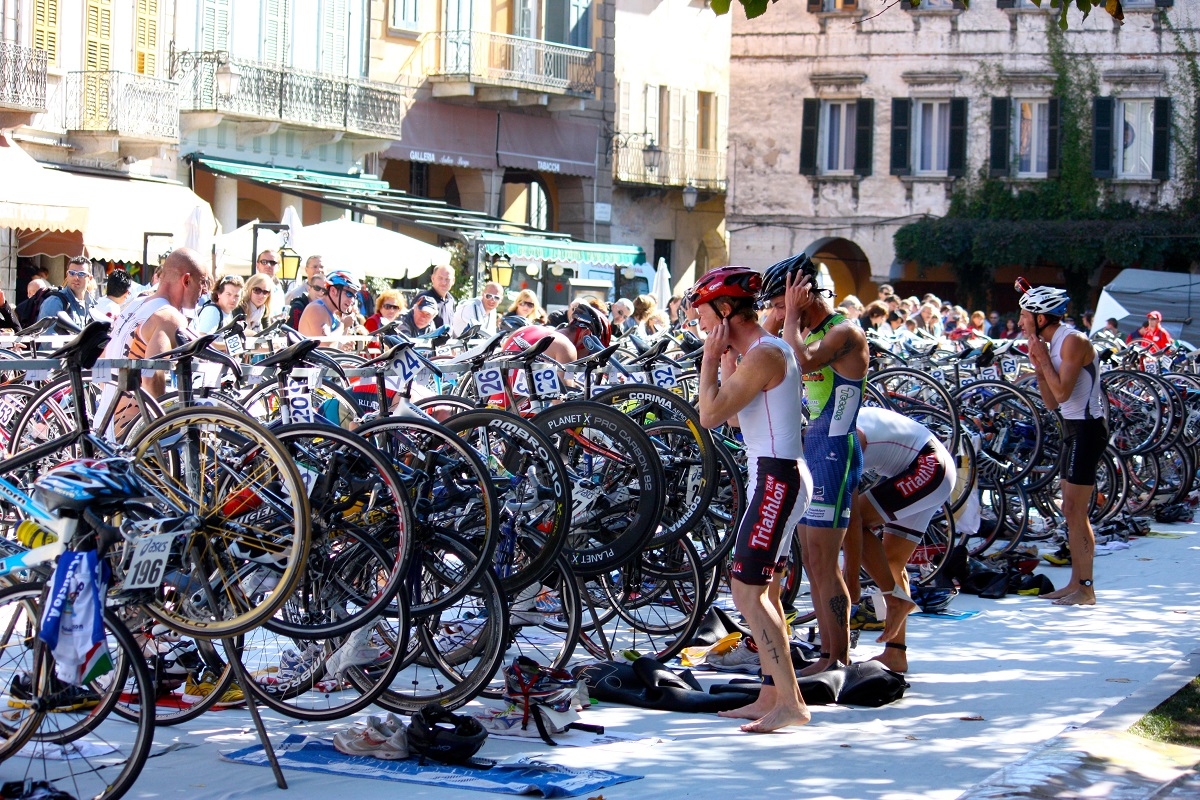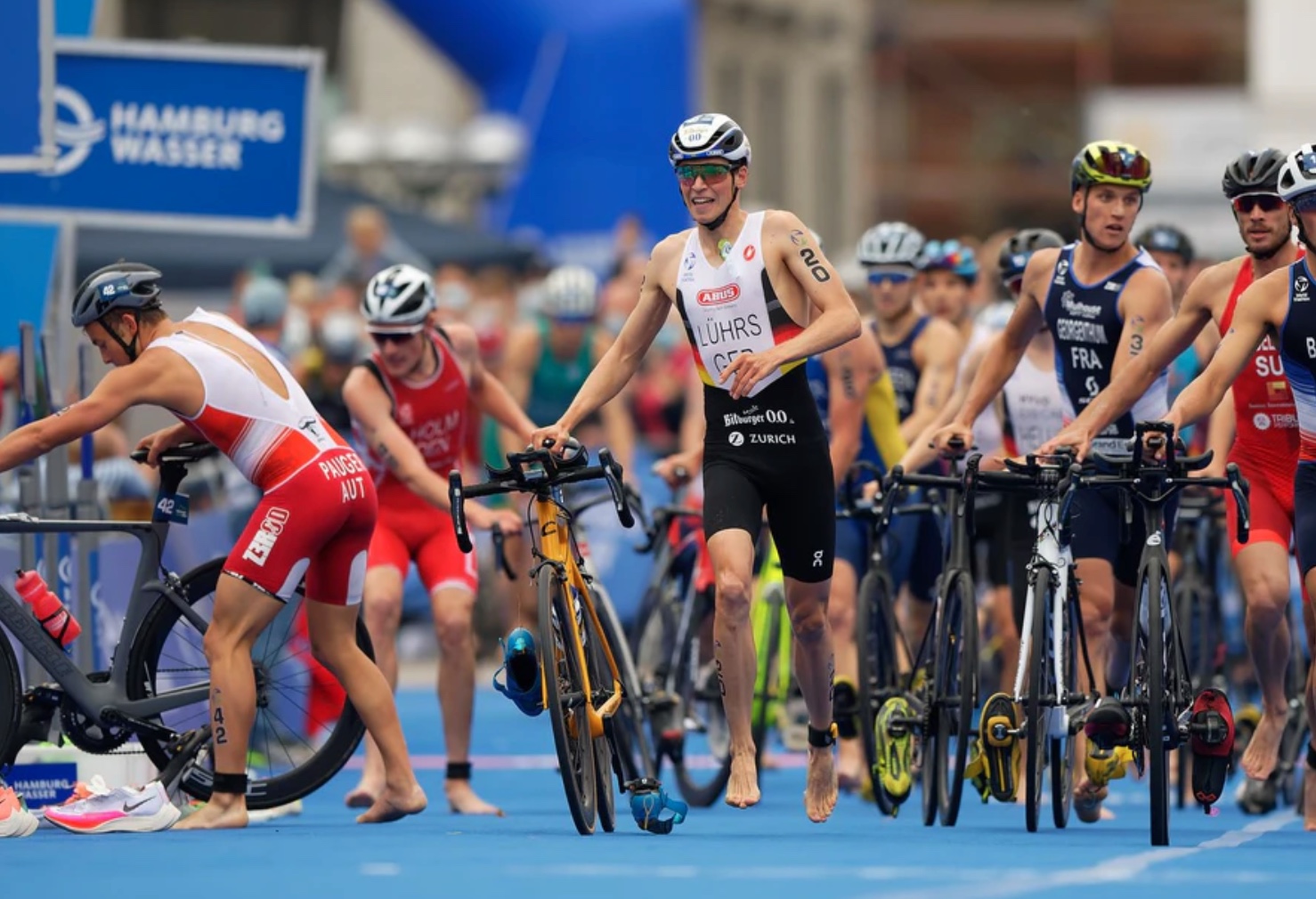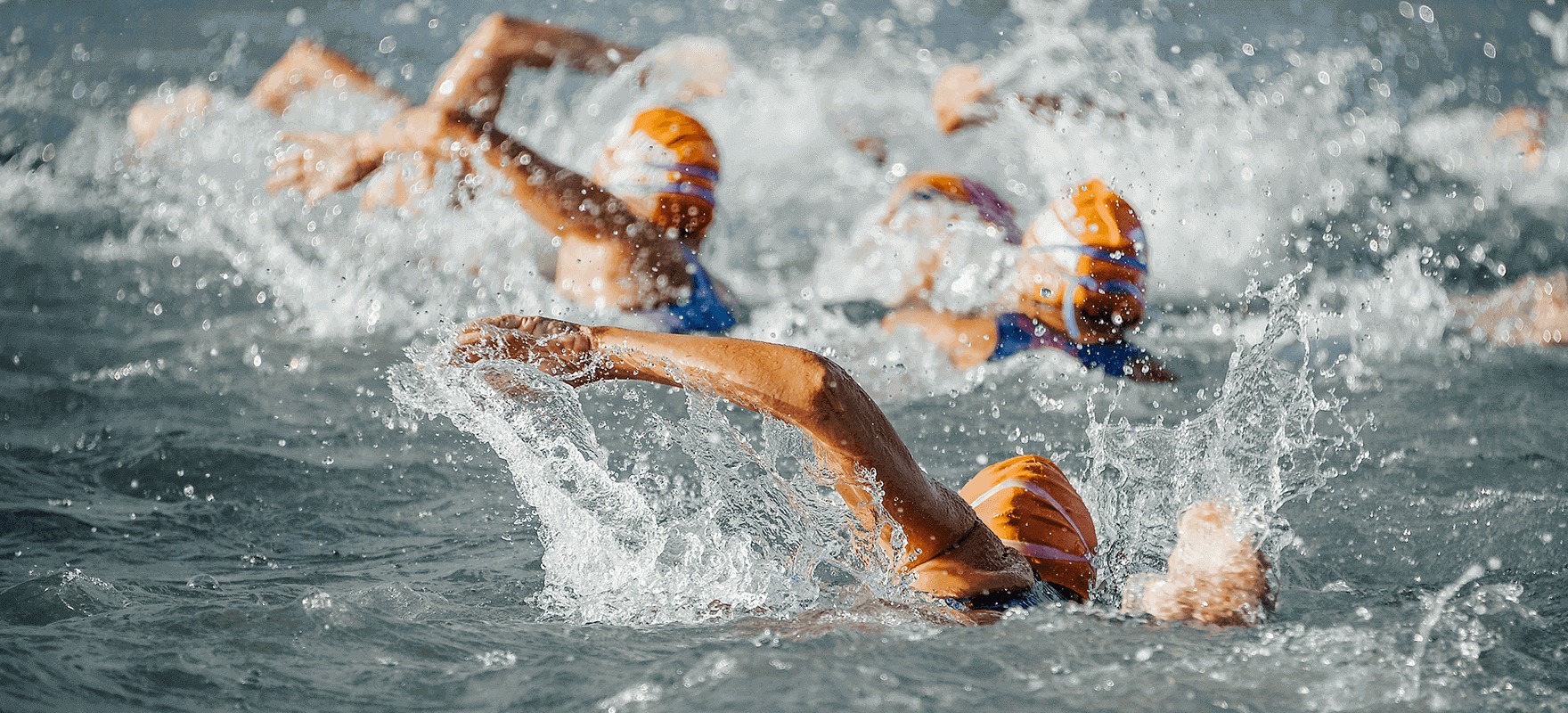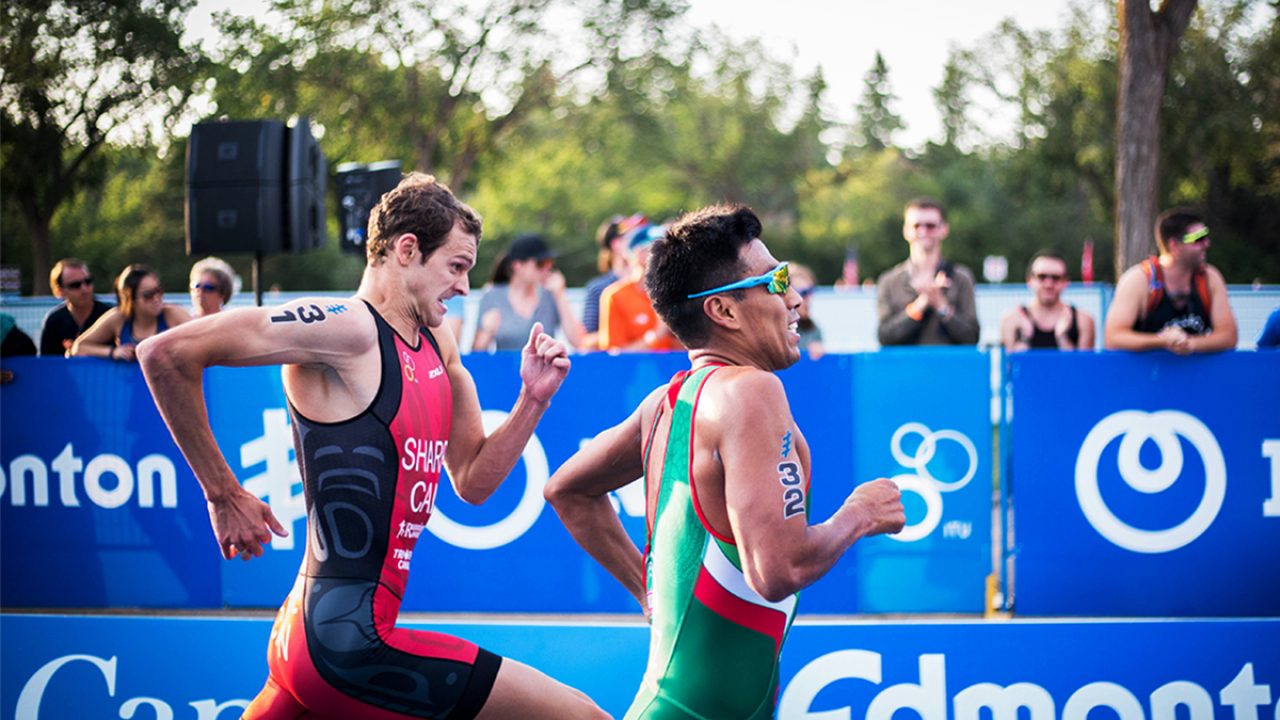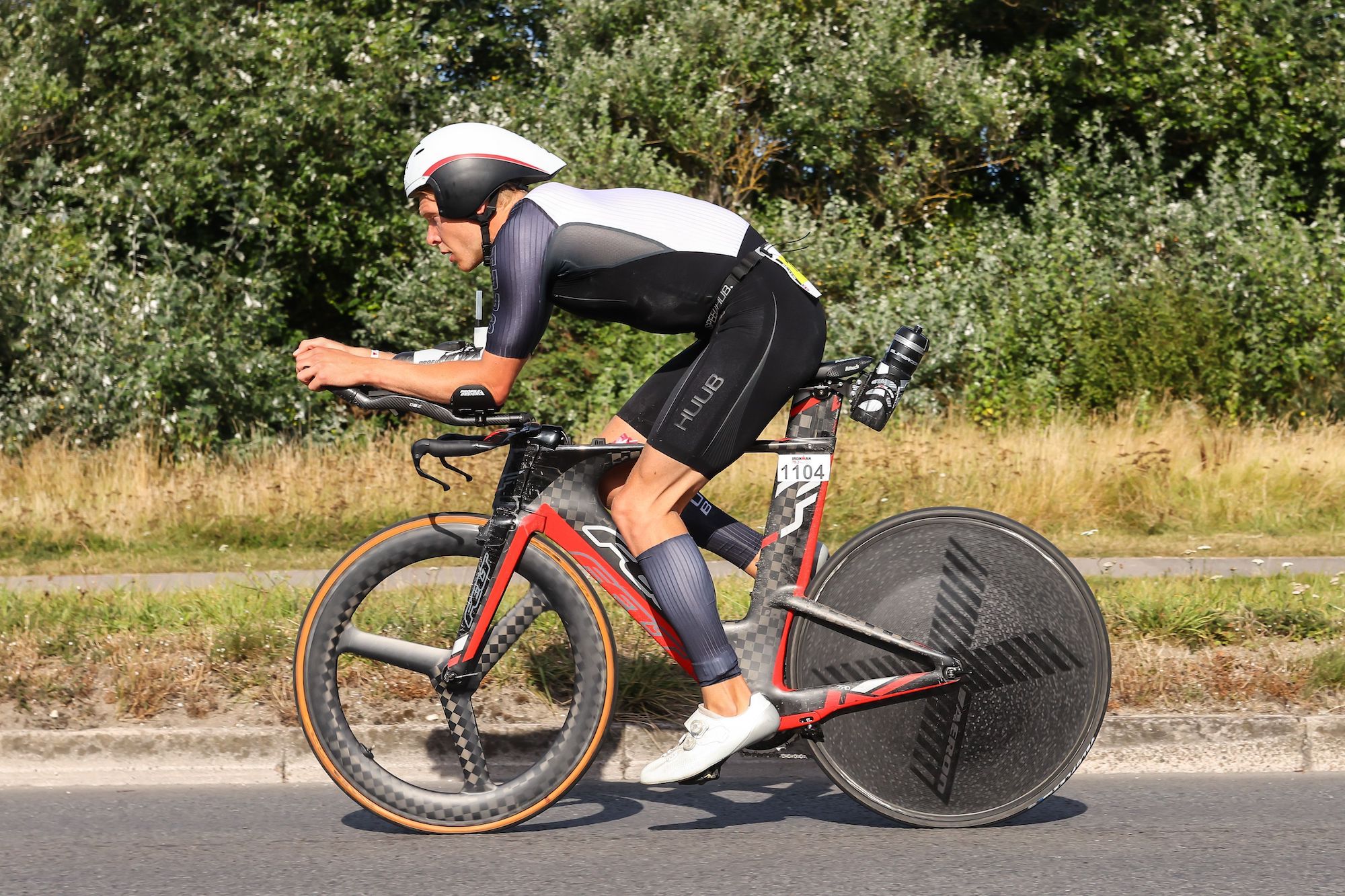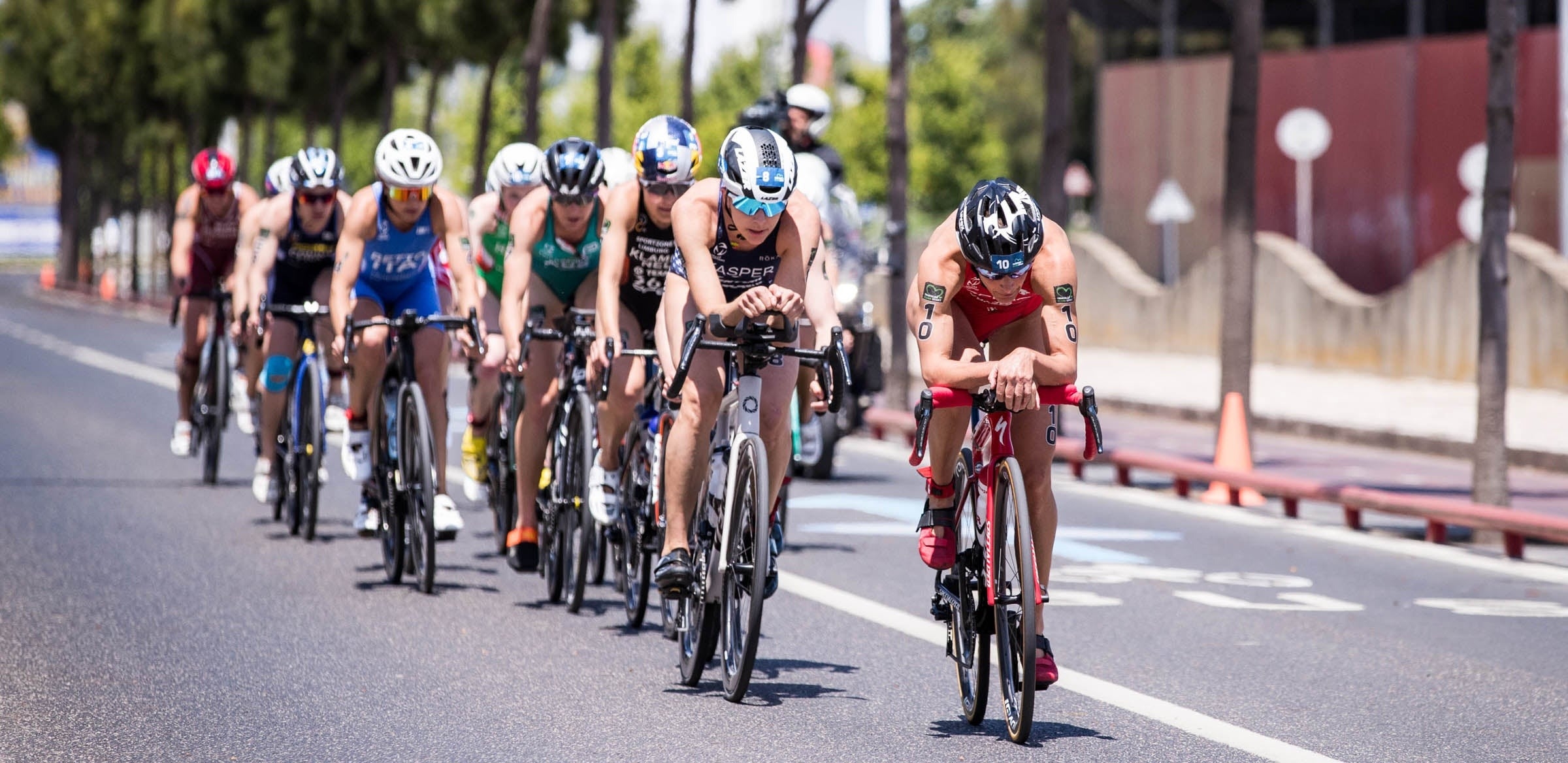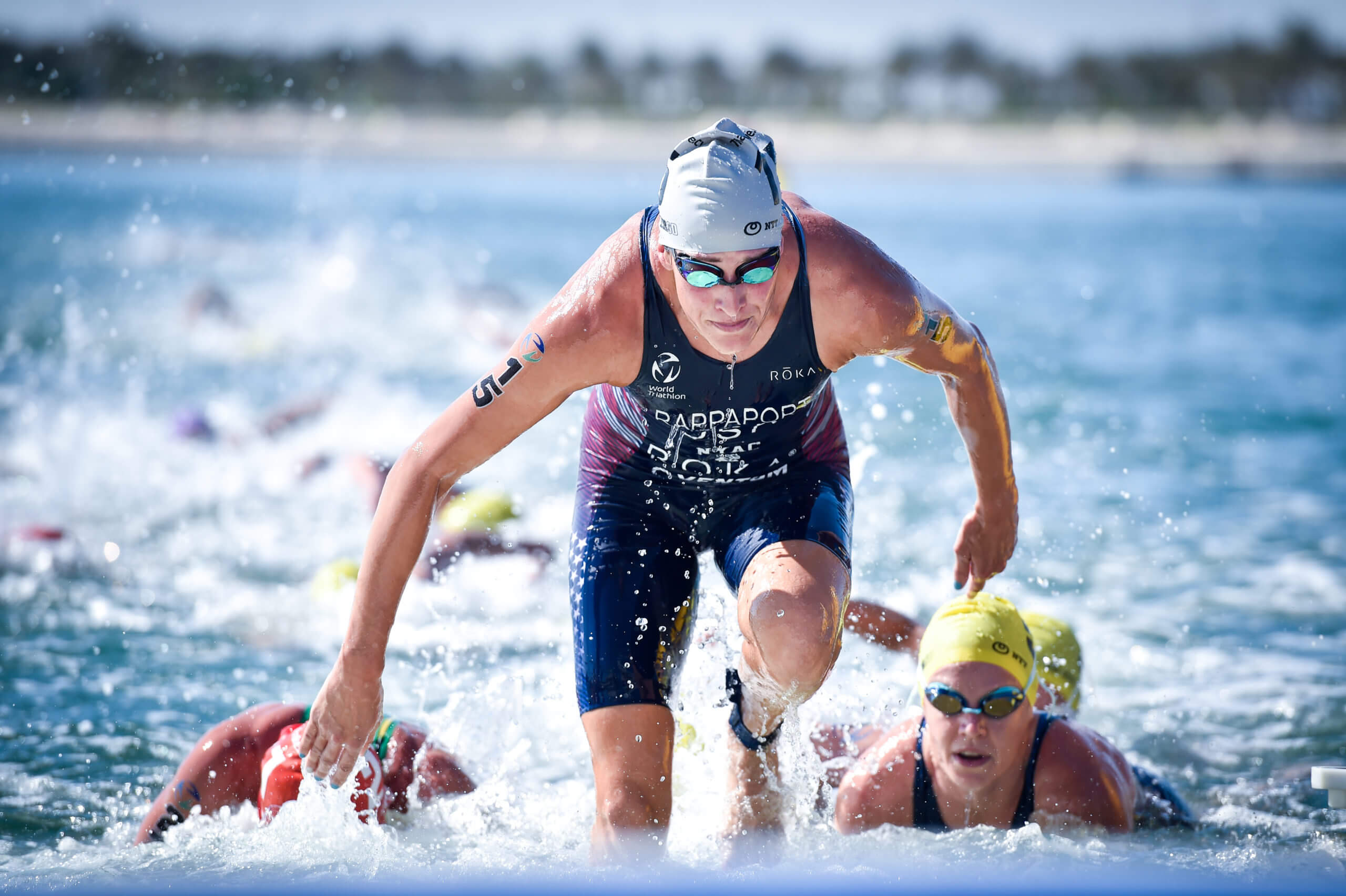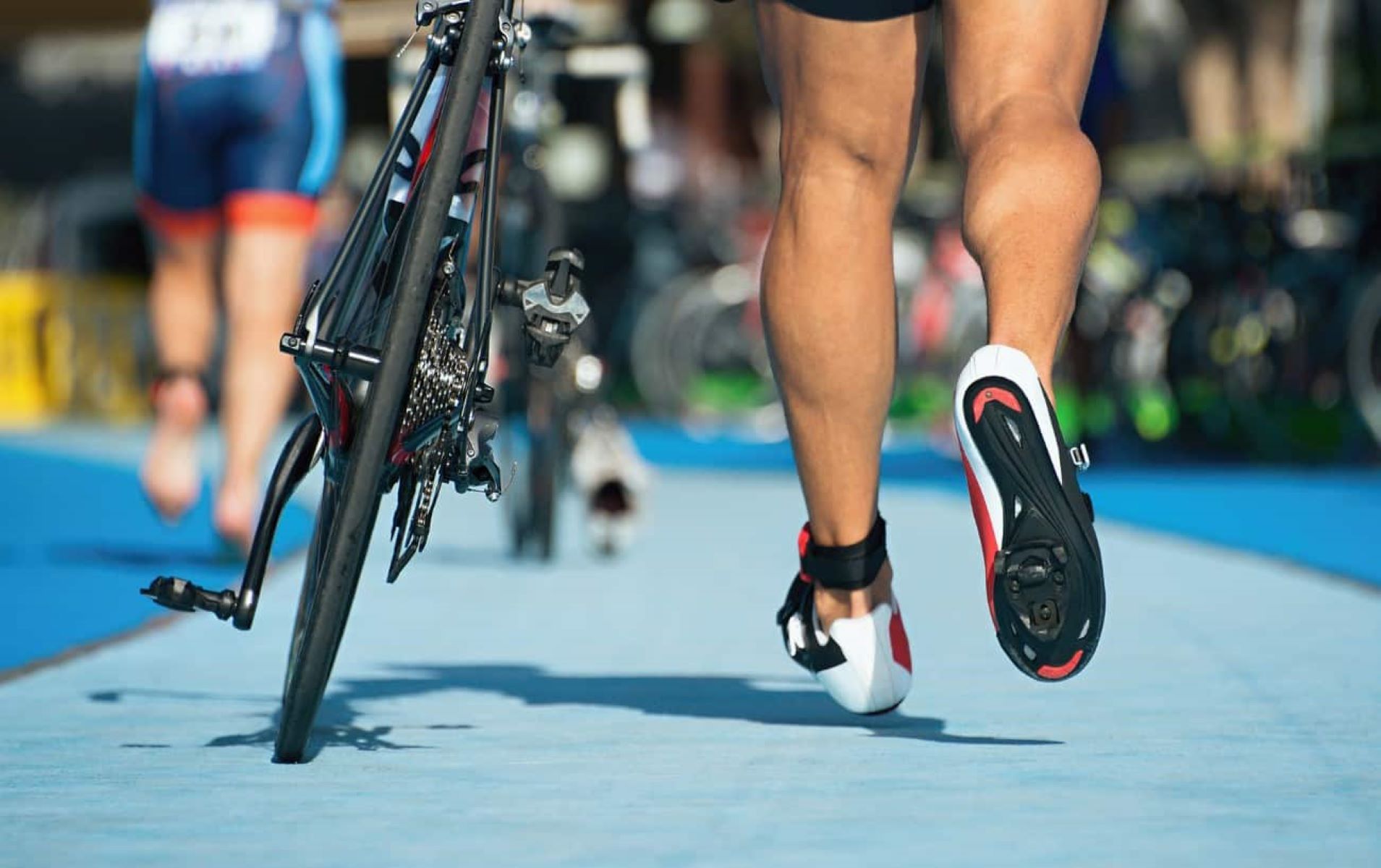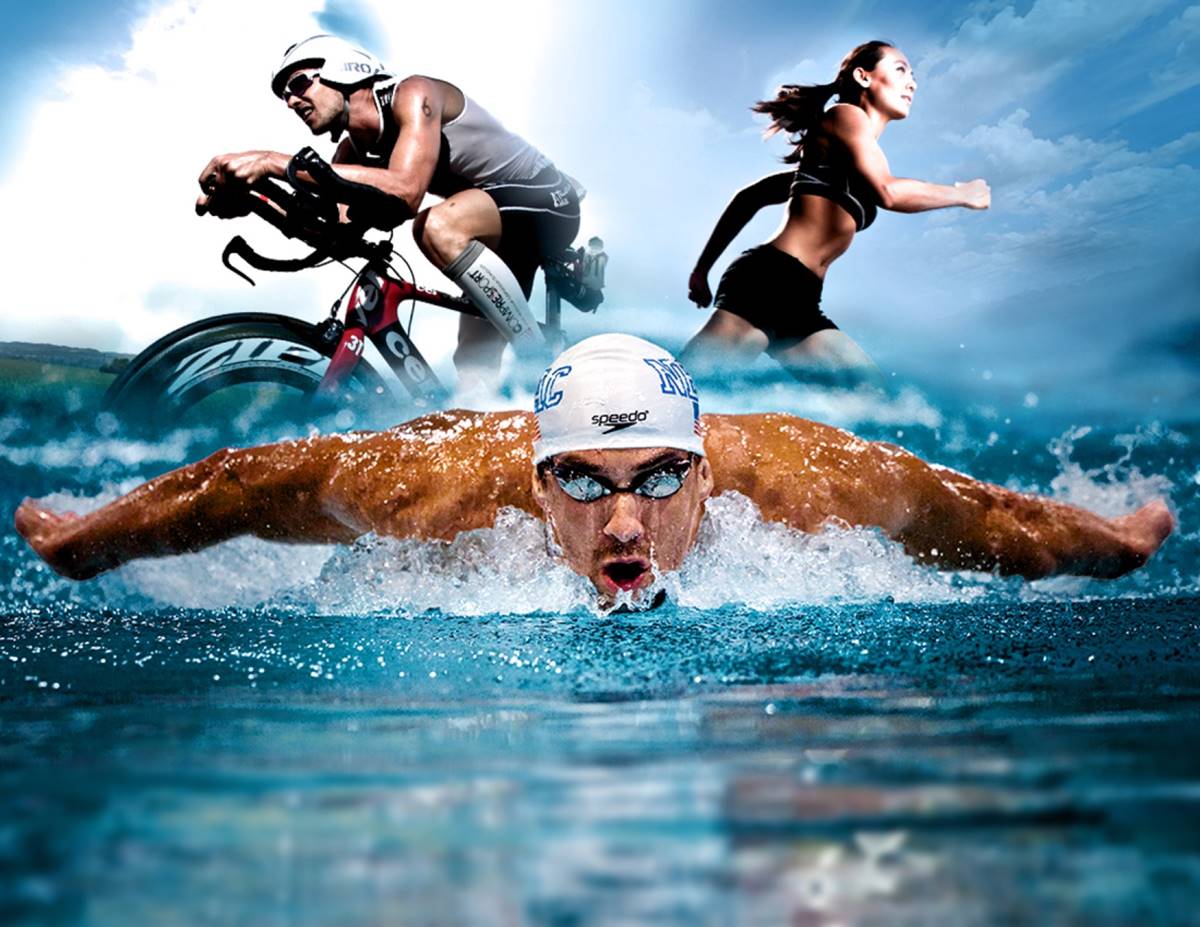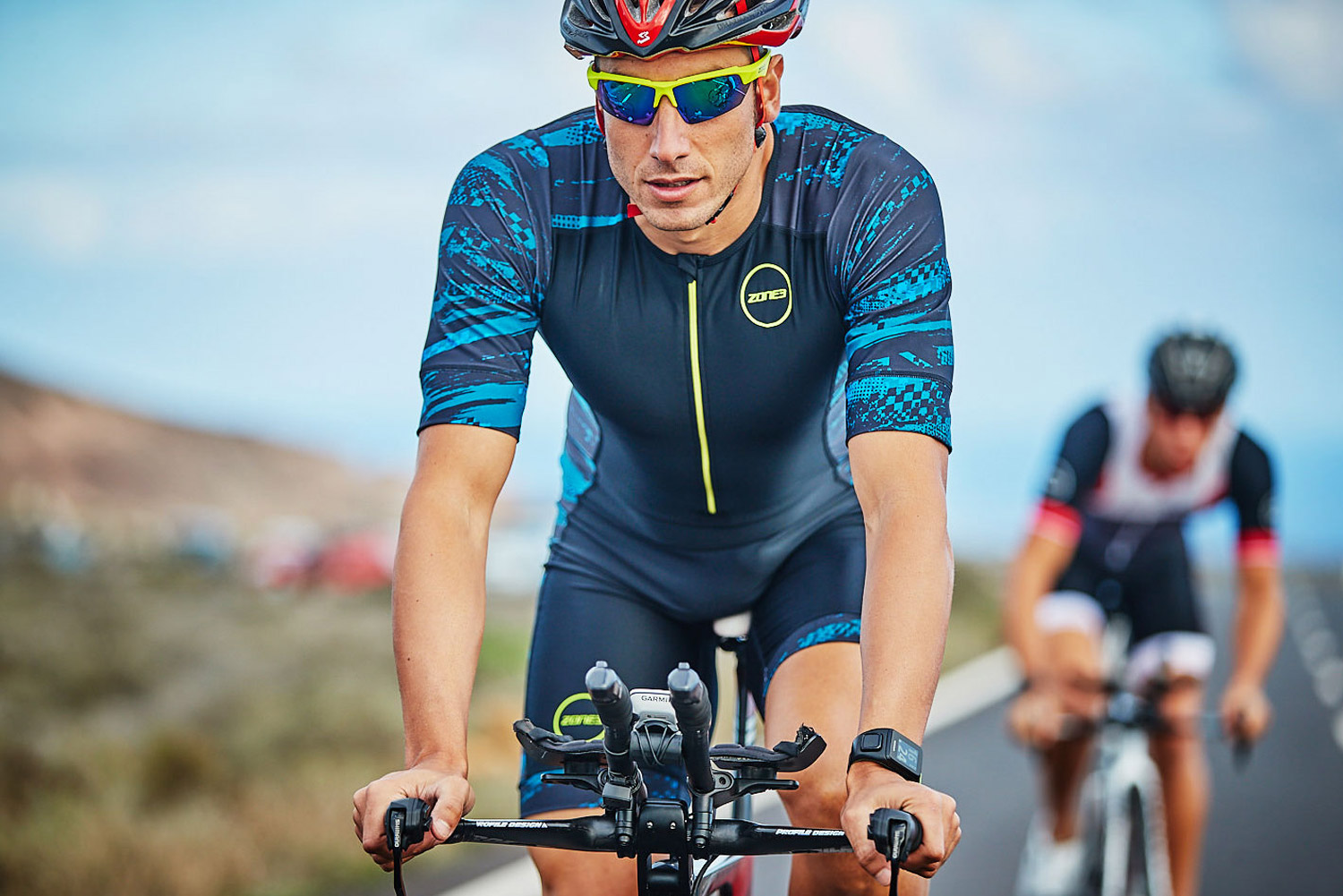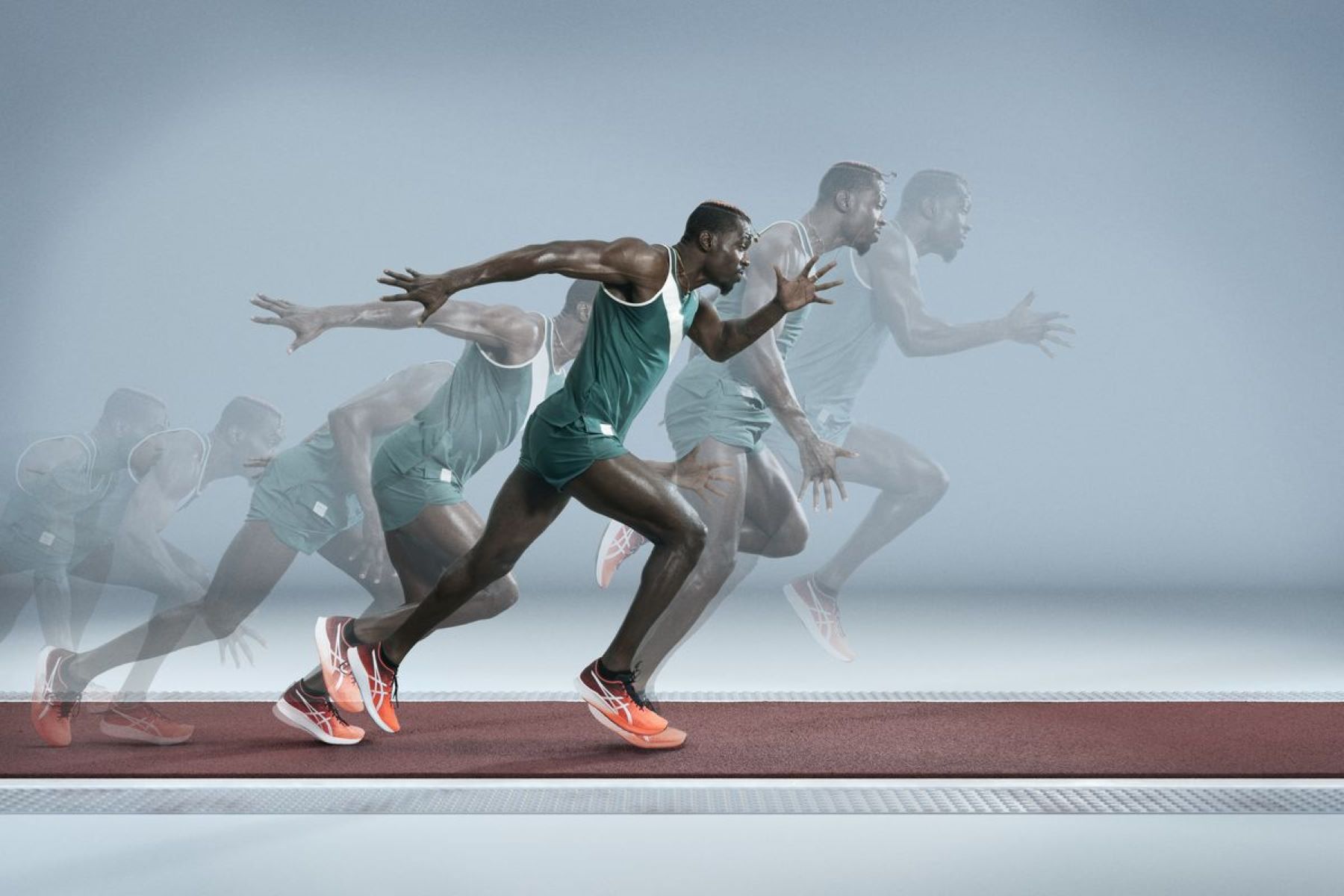

Featured
What To Wear For A Sprint Triathlon
Modified: January 22, 2024
Discover the featured clothing and gear options for your next sprint triathlon. Find out what to wear to maximize performance and comfort during the race.
Introduction
Preparing for a sprint triathlon is an exhilarating experience that requires dedication, training, and proper equipment. As you gear up for this multi-sport event, one crucial aspect that should not be overlooked is your attire. The right clothing can make a significant impact on your performance and overall comfort throughout the race.
When it comes to a sprint triathlon, you’ll need to consider three different disciplines: swimming, cycling, and running. Each sport presents its own set of challenges, and having the appropriate attire can help you navigate and excel in each one.
In this article, we will guide you through the process of selecting the right gear for a sprint triathlon. From swimwear to cycling jerseys and running shoes, we will cover it all. Whether you’re a seasoned participant or a beginner looking to tackle your first triathlon, this guide will ensure that you make informed choices when it comes to your attire.
But before we dive into the specifics of what to wear, let’s take a moment to emphasize the importance of proper attire for a sprint triathlon.
Importance of Proper Attire for a Sprint Triathlon
Proper attire is essential for a sprint triathlon as it directly impacts your performance, comfort, and safety. Whether you’re a seasoned athlete or a beginner, choosing the right gear can make a significant difference in your overall experience. Here are some key reasons why proper attire is crucial for a sprint triathlon:
- Performance Enhancement: The right clothing can improve your performance in each stage of the triathlon. Swimwear with hydrodynamic features can reduce drag in the water, while padded cycling shorts can provide comfort and reduce chafing during the bike leg. Lightweight and breathable running attire can help you maintain a steady pace and stay comfortable throughout the race.
- Comfort and Mobility: Triathlons require repetitive and continuous activity across different disciplines. Ill-fitting or uncomfortable attire can restrict your movement and lead to discomfort, which can affect your performance. Choosing clothing that provides a good fit, moisture-wicking properties, and flexibility will ensure that you can move freely and comfortably throughout the race.
- Protection from the Elements: Depending on the race location and weather conditions, you may encounter various environmental factors such as sun, wind, and rain. Proper attire can shield you from these elements and minimize the risk of sunburn, windburn, or getting soaked in the rain. It’s important to consider factors like sun protection, breathability, and water resistance when selecting your triathlon attire.
- Safety: Safety should always be a top priority, particularly during open water swimming and cycling stages. Wearing a wetsuit in colder waters can provide insulation and buoyancy, enhancing your swim safety. Cycling gear like helmets, gloves, and reflective clothing can protect you from accidents and increase your visibility to other riders and vehicles on the road. Additionally, choosing shoes with proper grip and support can minimize the risk of falls or blisters during the run.
By prioritizing proper attire, you can optimize your performance, stay comfortable, and reduce the risk of injuries and discomfort throughout the sprint triathlon. Now that we understand the importance, let’s delve into the specifics of what to consider when selecting your attire for each discipline: swimming, cycling, and running.
Choosing the Right Swimwear
Swimwear is a critical component of your sprint triathlon attire. The right swimwear can enhance your performance in the water and provide the necessary comfort. Here are some factors to consider when selecting swimwear:
- Fit and Comfort: Opt for swimwear that fits snugly but allows for freedom of movement. Avoid loose or baggy swimwear that can create drag in the water. Look for designs that have a secure fit around the waist and leg openings to minimize water resistance and ensure comfort.
- Material and Durability: Choose swimwear made of durable and fast-drying materials such as nylon or spandex blends. These fabrics are lightweight, resistant to chlorine damage, and quick-drying, allowing you to transition smoothly to the next stage of the race.
- Hydrodynamics: Look for swimwear with hydrodynamic features like streamlined designs and smooth fabrics. These features can reduce drag in the water and help you swim more efficiently and faster.
- Wetsuits: If the water temperature is colder, you may consider wearing a wetsuit. Wetsuits provide additional insulation, buoyancy, and hydrodynamics, which can improve your swimming performance in colder waters. Make sure to check the race regulations regarding wetsuit usage, as some races may have specific rules regarding water temperature thresholds.
- Accessories: Consider using accessories like goggles, swim caps, and earplugs for added comfort and protection during the swim leg. Goggles will protect your eyes from chlorine and help you see clearly underwater, while a swim cap can help streamline your head position and reduce drag. Earplugs can prevent water from entering your ears, minimizing the risk of discomfort or infection.
Remember to test your swimwear in open water or a pool before race day to ensure proper fit and comfort. By selecting the right swimwear, you’ll be ready to dive into the water confidently and begin your sprint triathlon on the right note.
Selecting the Ideal Cycling Gear
Cycling gear is essential for the second leg of a sprint triathlon. The right cycling gear can improve your comfort, aerodynamics, and overall cycling performance. Here are some key considerations when selecting your cycling attire:
- Cycling Shorts: Invest in a good pair of padded cycling shorts. The padding, also known as a chamois, provides cushioning and reduces friction and chafing during the ride. Look for shorts with a snug fit and breathable fabric to enhance your comfort during the cycling leg.
- Cycling Jersey: A cycling jersey is designed for efficiency and comfort. Look for jerseys made of moisture-wicking materials that allow for breathability and sweat evaporation. Opt for a jersey with a full or half zipper for temperature regulation, and consider one with pockets at the back to store small essentials like energy gels or nutrition packets.
- Cycling Shoes: Invest in cycling-specific shoes that provide a stiff sole for efficient power transfer to the pedals. Look for shoes that fit snugly and have a secure closure system such as Velcro straps or BOA dials. Pair your cycling shoes with compatible cleats for better pedal connection and efficiency.
- Helmet: Safety should be a top priority, and wearing a helmet is crucial during the cycling leg. Choose a helmet that meets safety standards and fits properly on your head. Adjustable straps and ventilation are additional features to consider for comfort and optimal airflow.
- Gloves: Cycling gloves can provide cushioning, enhance grip, and protect your hands during the ride. Look for gloves with padding in the palm area and breathable materials to ensure comfort and prevent blisters.
- Socks: While often overlooked, cycling-specific socks can make a difference in your comfort on the bike. Choose socks made of moisture-wicking materials and with proper support and padding in key areas.
Before race day, make sure to train in your cycling gear to ensure a proper fit and comfort level. By selecting the right cycling attire, you’ll be ready to tackle the bike leg of your sprint triathlon with confidence and ease.
Optimal Running Attire for a Sprint Triathlon
When it comes to the final leg of a sprint triathlon, having the right running attire is crucial for success. The right running gear can enhance your comfort, optimize your performance, and make the transition from the cycling leg seamless. Here are some key considerations when selecting your running attire:
- Running Shorts or Tights: Choose shorts or tights that are comfortable and allow for freedom of movement. Look for moisture-wicking and breathable fabrics to keep you cool and dry during the run. Consider the length and fit that you prefer and ensure that the garment doesn’t cause chafing or discomfort.
- Running Tops: Select a lightweight and breathable top that provides moisture-wicking properties to keep you dry and comfortable. Look for garments with mesh panels or strategic ventilation to enhance airflow. Opt for tops that have reflective elements for visibility, especially if you’re running during low-light conditions.
- Socks: Choose moisture-wicking socks made of synthetic or wool materials to keep your feet dry and comfortable throughout the run. Avoid cotton socks as they tend to retain moisture and can cause blisters and discomfort. Consider the thickness and padding of the socks based on personal preference and the level of cushioning and support your feet require.
- Running Shoes: Running shoes are the most critical piece of running attire. Invest in a good pair of running shoes that are designed for your foot type and running style. Ensure proper fit, comfort, and support to prevent injuries. Consider shoes with cushioning and stability features based on your needs as a runner.
- Accessories: Depending on the weather and race conditions, you may need to consider additional accessories. For sunny or hot conditions, wear a visor or hat to protect your face and head from the sun. In colder weather, consider wearing a lightweight jacket or arm warmers for extra warmth at the beginning of the run.
Make sure to train in your running attire before race day to ensure comfort and prevent any surprises or discomfort during the sprint triathlon. By selecting the optimal running gear, you’ll be ready to cross the finish line with confidence and stride.
Transition Tips: What to Consider
The transitions between each discipline are a crucial part of a sprint triathlon. A well-executed transition can save you valuable time and energy. Here are some tips to consider for smoother transitions:
- Practice, Practice, Practice: Familiarize yourself with the layout of the transition area before the race. Set up your gear in an organized manner, ensuring easy access to each item. Practice transitioning between the swim, bike, and run portions, simulating race-day conditions. This will help you become more efficient and confident during the actual event.
- Layout and Organization: Lay out your gear neatly and in a logical order so that you can swiftly access everything you need. Place your swim cap, goggles, and towel near the swim exit. Arrange your cycling gear, including your helmet, shoes, jersey, and shorts, in the order you will need them. Finally, keep your running shoes, socks, and any additional accessories for the run leg ready and accessible.
- Quick Transitions: Aim for quicker transitions by minimizing unnecessary movements and distractions. Practice taking off your wetsuit swiftly and efficiently, learn how to put on your cycling shoes while moving, and master the art of a speedy helmet adjustment. These little time savers can make a big difference in your overall race time.
- Mental Preparation: Prepare yourself mentally for the transitions. Visualize each transition in advance, envisioning yourself moving smoothly and effortlessly between disciplines. By mentally rehearsing each step, you’ll be better equipped to handle any unexpected challenges that may arise on race day.
- Keep it Simple: Avoid using too many unnecessary items or equipment that may slow down your transitions. Stick to the essentials and only include what you absolutely need for each discipline. Every second counts, so streamline your gear choices and focus on efficiency.
- Stay Calm and Focused: During the transitions, it’s natural to feel a rush of adrenaline and excitement. However, it’s important to stay calm and focused. Don’t rush and risk making mistakes. Take a few deep breaths, stay composed, and focus on executing each step of the transition methodically and efficiently.
Remember, the transition area is where you can gain an advantage over your competitors, so it’s crucial to plan and practice your transitions. By implementing these tips, you’ll be well-prepared to navigate the transition area smoothly and efficiently during your sprint triathlon.
Conclusion
Proper attire is an essential aspect of preparing for a sprint triathlon. Choosing the right swimwear, cycling gear, and running attire can significantly impact your performance, comfort, and safety during the race. By considering factors such as fit, comfort, functionality, and durability, you can optimize your performance in each discipline and transition smoothly between them.
When selecting swimwear, opt for designs that offer a snug fit, hydrodynamic features, and durability. Consider the use of wetsuits in colder waters and accessories like goggles and swim caps for added comfort and protection. For the cycling leg, invest in padded cycling shorts, breathable jerseys, cycling-specific shoes, helmets, gloves, and socks. And when it comes to running, choose comfortable shorts or tights, moisture-wicking tops, proper running shoes, and appropriate accessories.
In addition to choosing the right gear, mastering the art of efficient transitions is crucial. Practice and familiarize yourself with the transition area layout, keep your gear organized, and aim for quick and seamless transitions between disciplines. Mental preparation, simplicity, and composure are key elements to ensure successful transitions.
Whether you are a seasoned triathlete or a beginner embarking on your first sprint triathlon, understanding the importance of proper attire and implementing these tips will give you a competitive edge and enhance your overall triathlon experience.
So, lace up your running shoes, don your swimwear, and gear up for success. With the right attire and a well-prepared mindset, you’ll be ready to conquer the challenges of a sprint triathlon and cross that finish line with pride.
